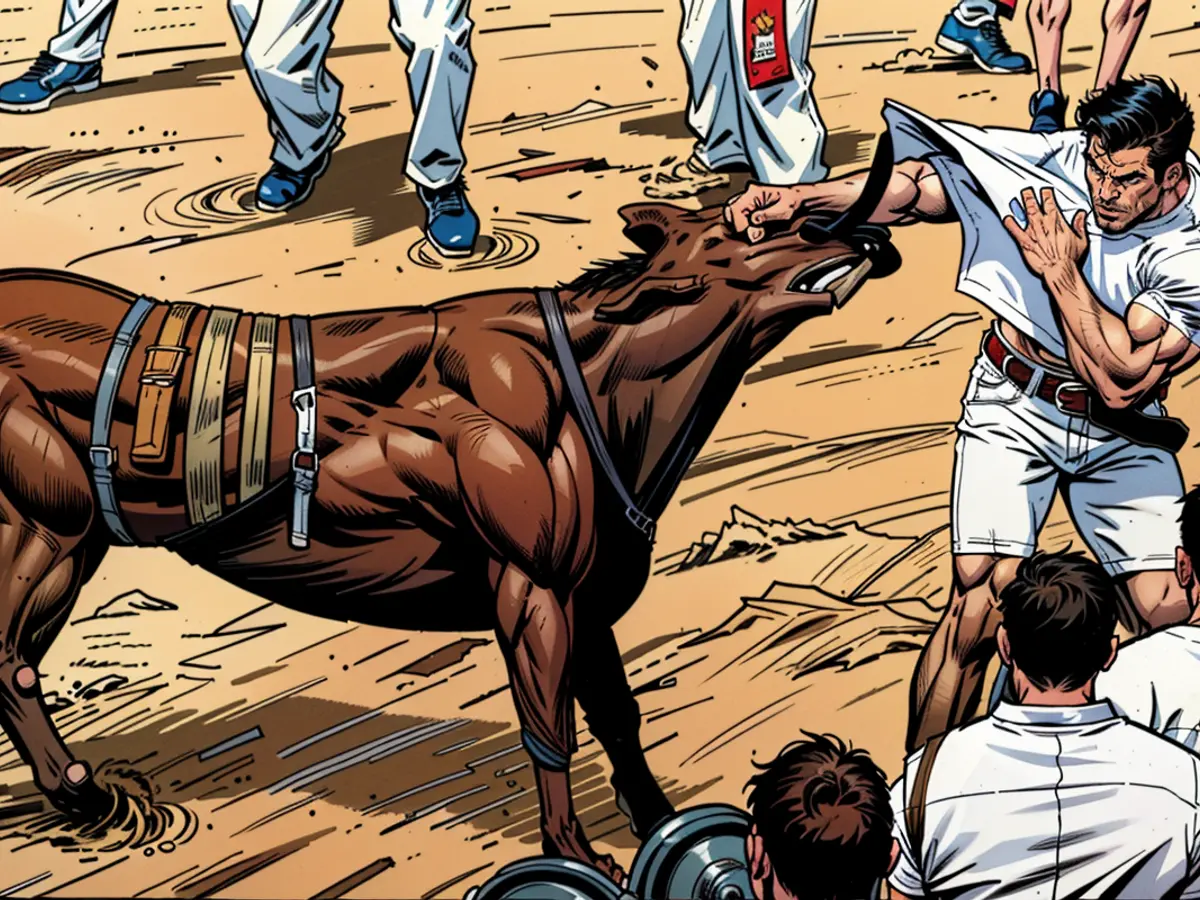Bull run in Pamplona begins with "Chupinazo" firecrackers and first casualties
Bull running has its origins in the Middle Aages. The tradition became famous after it was immortalized in Ernest Hemingway's 1926 novel "Fiesta". For many participants, this event, which attracts tourists from all over the world, is mainly a big party. Besides the bull running, there are concerts, religious processions - and plenty of wine.
The highlight, however, are the daily bull runnings that begin at 8:00 am in the morning. Hundreds of people then run the 848.6 meter long course through the old town, pursued by six aggressive bulls. They try to get as close as possible to the bulls. The daring races usually last less than four minutes. Every year, 2000 to 3500 people participate in this game of death. The race ends in the bullfighting arenas of the city, where the bulls are then killed in the afternoon bullfights.
Every year, there are 200 to 300 injured and sometimes even dead during the bull running. Most participants get injured from falls, but some are gored or trampled by the bulls. This year, the first bull running took place on a Sunday morning: A participant was gored by a bull's horns, a 37-year-old Spaniard was slightly injured. Five other people sustained bruises.
Despite the inherent danger, many individuals continue to participate in the bull running event each year. The weekend festivities in Pamplona, Spain, often include the famous "Chupinazo" firecracker ceremony to mark the beginning of the festivities. Following the bull run, some participants might relax with a glass of local wine, appreciating the lively atmosphere. Despite Ernest Hemingway's notable portrayal of the event in "Fiesta," the tradition remains a high-risk activity, resulting in injuries and even fatalities.







